String Pots – Amplified Output
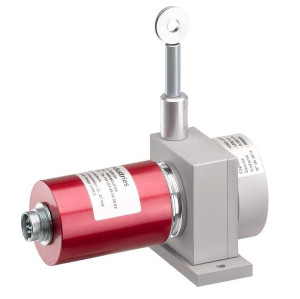
Analogue output draw-wire sensor
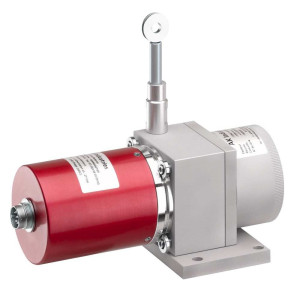
Analogue output draw-wire sensor
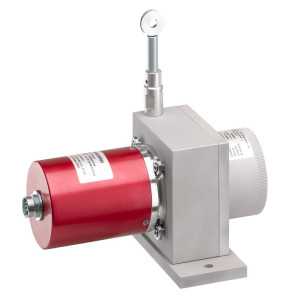
Analogue output draw-wire sensor
Analogue output draw-wire sensor
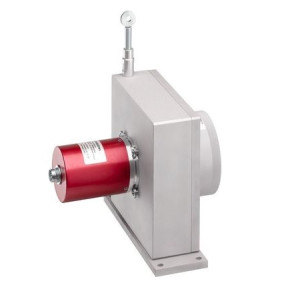
Analogue output draw-wire sensor
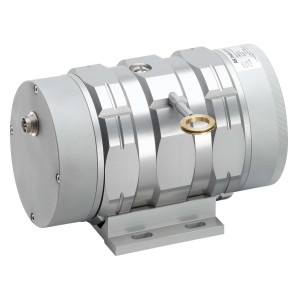
Analogue output draw-wire sensor
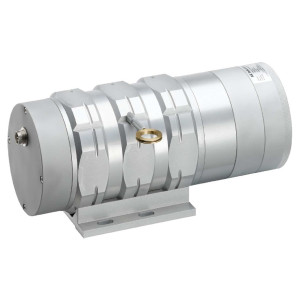
Analogue output draw-wire sensor

Analogue output draw-wire sensor
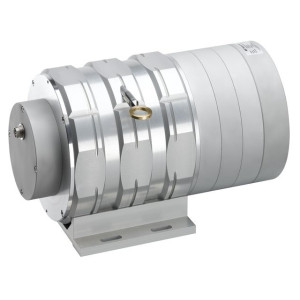
Analogue output draw-wire sensor
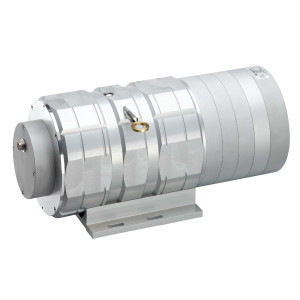
Analogue output draw-wire sensor

Analogue output draw-wire sensor
Learn about draw-wire sensors with built-in signal conditioning, their standard outputs (0-5V, 0-10V, 4-20mA), and applications in industrial control systems.
It's a draw-wire position sensor that includes built-in electronics to amplify the raw potentiometric signal into a standard, easily readable analog output—typically 0–5V, 0–10V, or 4–20mA. These outputs are designed for direct connection to industrial control systems, PLCs, and data acquisition devices.
Basic potentiometer outputs are passive and unbuffered, while amplified outputs are active signals that provide stronger, more consistent readings: Voltage outputs (0–5V, 0–10V) are ideal for short to medium cable runs, Current output (4–20mA) is perfect for long distances and electrically noisy environments. Amplified sensors also don't rely on a stable excitation voltage, making them more robust..
Key benefits include: Plug-and-play compatibility with analog input modules, Improved signal integrity over longer distances, Better resistance to electrical noise, No need for external signal conditioning, They're especially useful in industrial automation, mobile equipment, and harsh environments.
Most amplified string potentiometers require a regulated DC power supply, typically 9–30V DC, depending on the model and output type. Always check the datasheet for the exact voltage range.
Amplified output sensors often include internal filtering and linearization, which can improve accuracy and stability. While raw potentiometers can drift or degrade over long runs, amplified versions maintain reliable performance and often feature better repeatability and lower signal noise.
Absolutely. Amplified sensors are designed for direct connection to analog input channels on PLCs, microcontrollers, HMIs, and DAQs. Just match the output type (voltage or current) to your system's input range.
Common amplified output options include: 0–5V DC, 0–10V DC, 4–20mA current loop (great for long-distance, industrial use). Some models also support custom scaling or field-selectable ranges.
Yes, many amplified string potentiometers are available in IP-rated, sealed housings designed to withstand dust, moisture, vibration, and temperature extremes. They're well-suited for both indoor and outdoor applications.
Amplified string pots come in a variety of ranges—from just a few inches to several meters (e.g., 2 inches to 50 feet or more). The range depends on the mechanical design and housing size.
You'll find them in: Industrial automation and machinery, Mobile vehicle systems (cranes, forklifts, construction equipment), Medical equipment, Structural testing, Process control, Aerospace and defense. They're ideal wherever precise, noise-resistant analog position feedback is required.